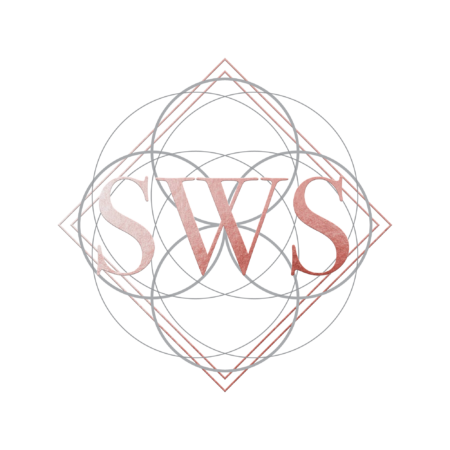6 time tracking tools to uplevel your productivity

By Sowmya Narasimhan

Do you want to be more productive and make the best use of your time?
One of the key points of being productive is time tracking. In a business, a time tracking app is an essential time management tool that can help you and your team become more organized and efficient. Unfortunately it is one of those skills many of us struggle with.
But don’t worry, tech is always there for our rescue! Read on to find out how you can ace time management using some incredible time tracking tools.
- DeskTime
DeskTime is the perfect time tracker app for companies and teams that are more interested in the big picture. It is a simple-to-use app that combines three crucial features – employee monitoring, project management and productivity analysis.
Additionally, this software is designed to help managers and their teams identify their unproductive habits, by sorting web pages and applications into “Productive” and “Unproductive.
- ProofHub
ProofHub is perfect for teams and managers looking to become more productive, and track their productive efforts. It is an online project management and time tracking software with powerful collaboration features.
- Hours
Do different colors make you feel vibrant? Then hours is the best time tracking app for you because in Hours you can manage your tasks and projects by color-coding them. That is, by applying a specific color for a task or project so you can easily differentiate between them.
- Timecamp
Timecamp is a cloud-based time tracking solution where work time can be easily tracked manually by timers and automatically via the desktop app.
What makes Timecamp stand out among other time tracking apps is their variety of integrations with other apps. It offers more than 50 integrations with project management software and help desk apps. That way, you can easily sync and import your already-created tasks and tickets to Timecamp and start tracking time immediately.
- Tick
Tick is a solution for freelancers, small businesses, and start-ups that work on recurring projects and tasks. It’s a project-based time tracking software which tracks time against your estimated project timeline and budget.
With Tick, you can track how much time you need for certain projects, and use your previous timelines to create offers for new customers.
- Timely
Timely is ideal for individuals and small-to-large companies that are project-focused and only have a need for accurate, billable hours. Unlike the other options on this list, Timely stands out as an automatic tracking software that is as seamless as one can imagine because it records everything all the time: GPS locations, emails, meeting, documents, and websites.
That means with Timely you’ll never need to start a timer again. It allows you to maintain the peace and quiet needed to stay focused and not get side-tracked or interrupted.
The wrap
Time tracking provides an accurate insight into your work patterns and how much time particular tasks take. It helps to set realistic deadlines and saves you from working overtime. This will also prevent you from procrastinating and focus on the work you do thus saving your precious time!
Remember: “What gets measured gets managed.”



